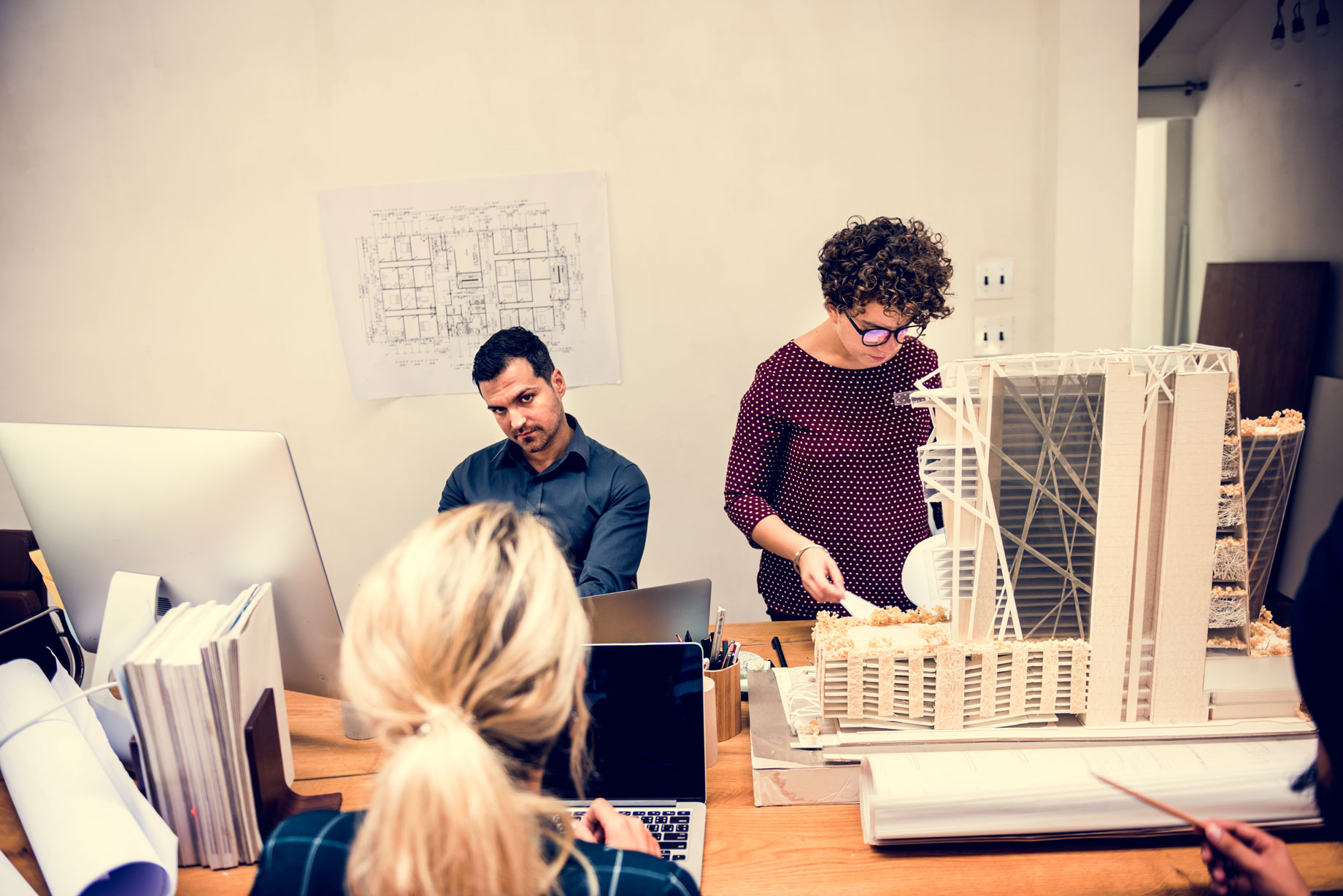3D Printing: Accelerating Prototyping and Ensuring Long-term Structural Integrity
Developer
May 13, 2024

Introduction
The advent of 3D printing technology has revolutionized the construction industry, offering unprecedented flexibility in design and efficiency in construction. However, rapid prototyping and the assurance of long-term structural integrity remain significant challenges. A pioneering 3D printing company partnered with Sensytec to leverage its advanced sensor technology, aiming to not only expedite the prototyping process but also to optimize printing materials and monitor post-construction performance. This case study explores how Sensytec’s solutions facilitated a 50% faster prototyping process and provided crucial data to validate the long-term durability of 3D-printed structures.
Challenges in 3D Printing Construction
While 3D printing holds immense potential for the construction sector, the technology faces hurdles that must be overcome:
- Speed of Prototyping: Accelerating the rate of prototyping is essential for testing and refining designs, yet traditional methods can be time-consuming.
- Material Optimization: Identifying the optimal mix of printing materials is crucial for both the efficiency of the construction process and the durability of the final product.
- Long-term Structural Integrity: The industry lacks comprehensive data on the long-term performance of 3D-printed structures, raising questions about their reliability and safety over time.
Sensytec's Innovative Solutions
Sensytec addressed these challenges head-on with its patented sensor technology, tailored specifically for the unique needs of 3D printing in construction:
- Rapid Prototyping: By integrating sensors into the 3D printing process, the company could monitor the curing and setting of materials in real-time, significantly reducing the trial and error associated with prototyping and allowing for a 50% faster development cycle.
- Material Optimization: Sensytec’s sensors provided invaluable data on the performance of different material mixes under various conditions, enabling the fine-tuning of formulations for optimal strength, durability, and efficiency.
- Monitoring Post-Construction Performance: The embedded sensors continued to relay data on the structural integrity of 3D-printed buildings post-construction, offering unprecedented insights into their long-term performance and durability.
Achieved Benefits
- Accelerated Prototyping: The 3D printing company was able to prototype designs 50% faster than before, significantly speeding up the R&D process and reducing time to market for new concepts.
- Optimized Printing Materials: Sensytec’s technology allowed for the optimization of printing materials, resulting in constructions that were not only more efficient and cost-effective but also stronger and more durable.
- Assurance of Structural Integrity: Continuous monitoring of structures post-construction provided concrete data on long-term performance, addressing industry-wide concerns about the reliability of 3D-printed buildings.
Revolutionizing 3D Printing in Construction
The collaboration between Sensytec and the 3D printing company has set a new benchmark for innovation in construction technology. By harnessing the power of advanced sensor technology, the company not only enhanced its prototyping capabilities and optimized its use of materials but also took a pioneering step towards proving the long-term viability of 3D-printed structures.
Conclusion
This case study exemplifies how Sensytec’s sensor technology is instrumental in addressing some of the most pressing challenges in 3D printing for construction. The partnership has not only accelerated the prototyping process and optimized material use but also provided crucial insights into the long-term durability of 3D-printed buildings, paving the way for broader adoption and acceptance of this transformative technology in the construction industry.

